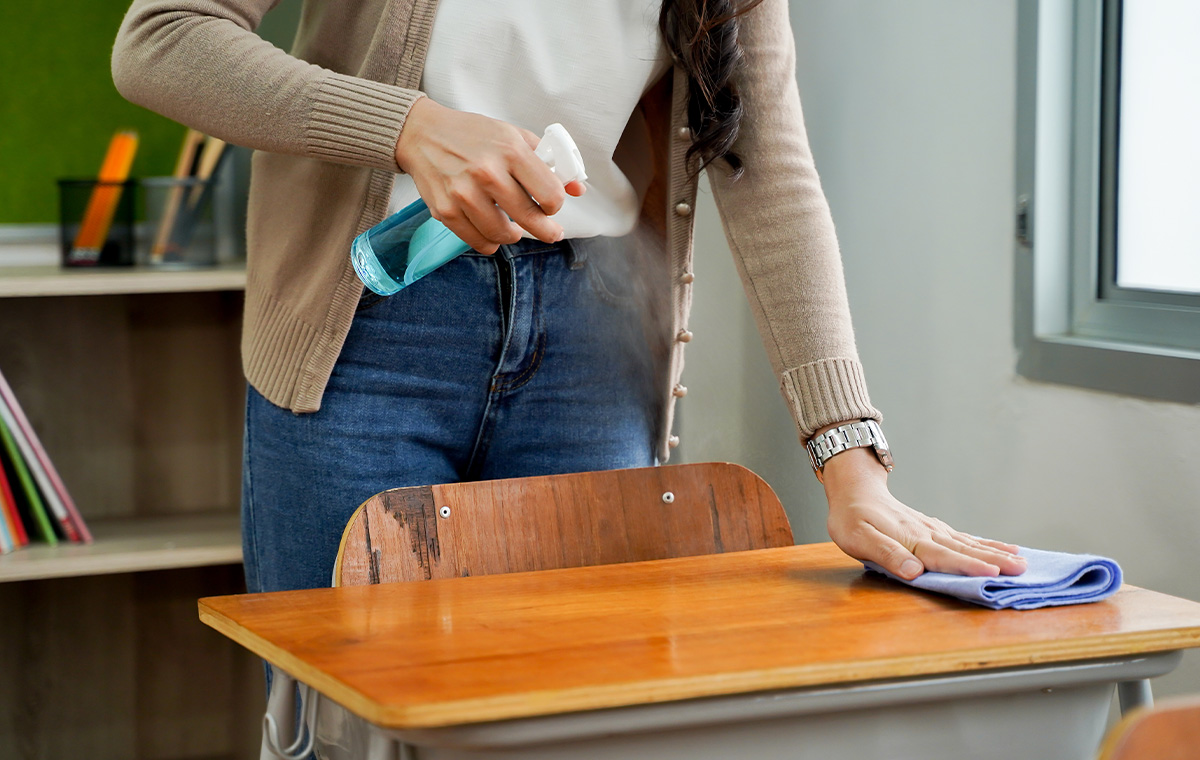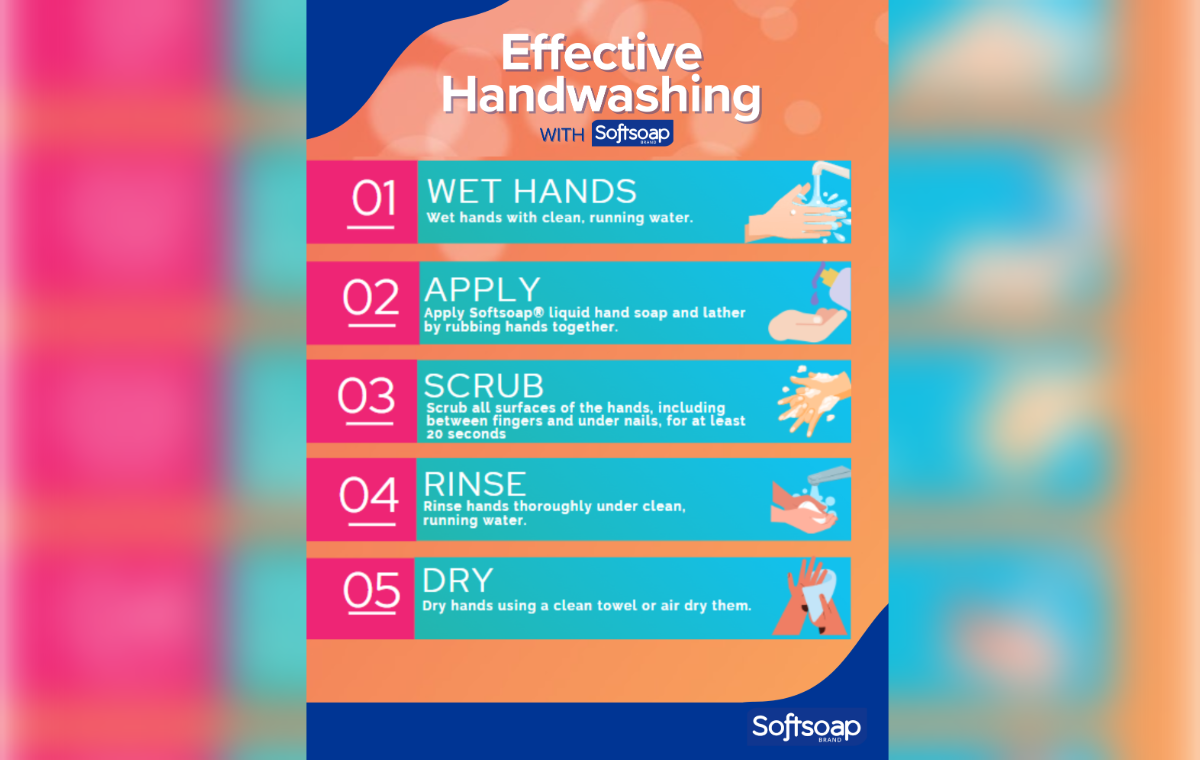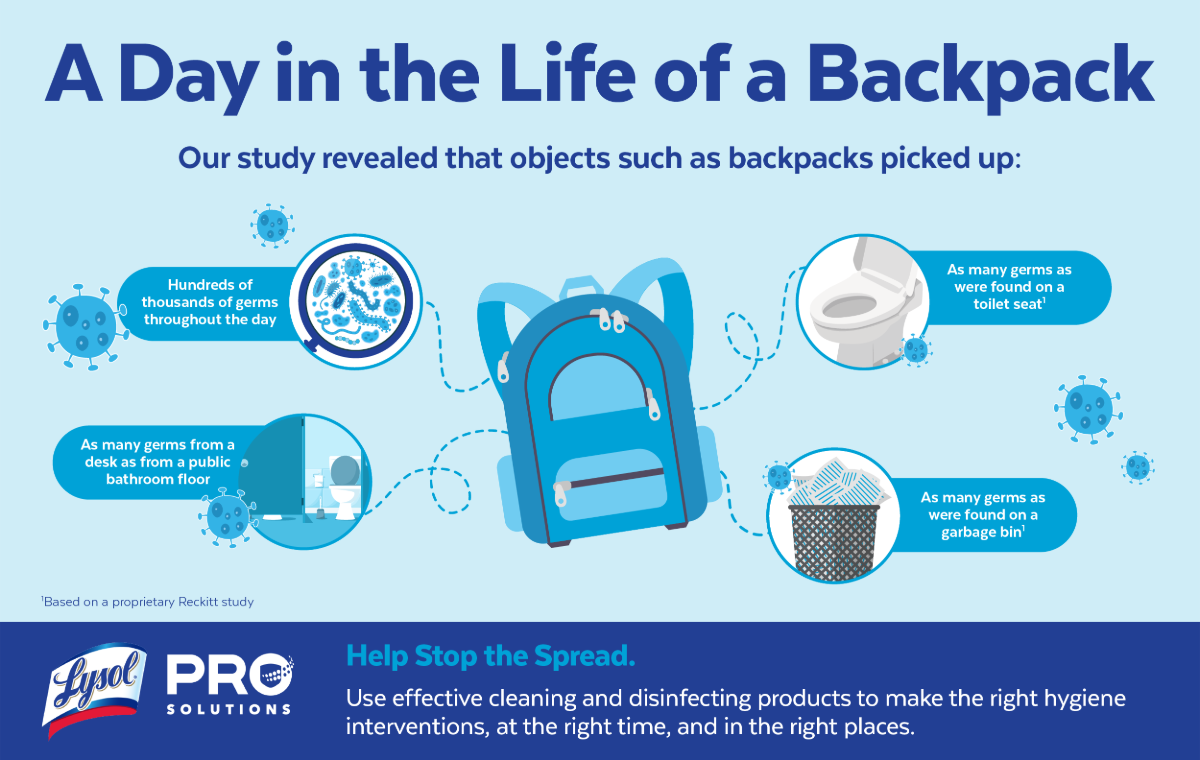Back to school preparation begins long before students arrive. SC Johnson Professional explains that best practices for establishing hygiene and disinfection procedures start with the understanding and execution of targeted hygiene.
There are eight moments where the risk of infection transmission is highest in everyday life settings, and these eight moments should drive behavioral change. By focusing on these eight moments in an education setting, facility managers can establish an effective hygiene infrastructure supporting both hand and surface hygiene for building occupants. The eight moments include:
1. Touching common surfaces
2. After coughing, sneezing, blowing your nose
3. Returning to and leaving your workspace
4. Getting food prepared
5. Eating food
6. Touchpoints in a restroom
7. Entering and exiting a building
8. Disposing of waste
While most education facilities will encounter these eight scenarios or “moments of risk,” each facility will have its unique combination of these moments and require a tailored approach. Establishing and executing your hygiene system prior to the start of the school year as well as on a regularly recurring schedule can help set facility managers and building occupants up for success.
Education
Training comes naturally in an educational facility and in this case it’s crucial to train and educate your buildings occupants on the eight moments of high-risk transmission and proper handwashing protocols. This ensures that risk moments are clearly defined and allows students and educators to recognize where behavioral change may be needed to promote a healthy learning space.
In regards to procedural maintenance, shadow custodians occasionally to ensure all tasks are being performed correctly and at the required frequency.
Accessibility
- Provide a sufficient supply of easily accessible hand hygiene products
- Stock hand sanitizer
- Train and educate proper use to encourage healthy hygiene habits
Identification
Not all areas around your facility will need frequent disinfecting. Depending on the age range and layout of your educational facility, there may be a range of room types that require more regular maintenance than others.
Identify key areas by asking yourself these five questions:
- Who
- What
- Where
- When
- How
In an education setting the most likely culprits for needing frequent disinfection include door handles, light switches, desks, tables, remote controls, computers, restroom surfaces and drinking fountains.
This content was provided by SC Johnson Professional.






